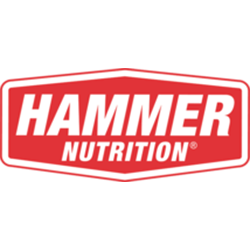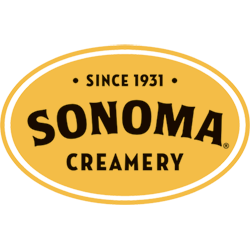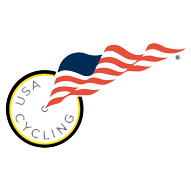Junior Cycling Categories
- 10 years & below Male/Female
- 11/12 years Male/Female
- 13/14 years Male/Female
- 15/16 years Male/Female
- 17/18 years Male/Female
Your racing age on your USA Cycling License will reflect the oldest age you will be at anytime during the calendar year. For example, if your birthday is November 3, 2009 and you turn 16 years old you will race as a 16 year old starting January 1, 2009.
Junior Gear Restrictions
Restrictions will be in effect for all elite events as well as all the Junior events. The gear restrictions are the same as last year, but not required for all racing. The only exception would be senior events that are run under UCI rules. The roll out is done at the start/finish line before the race. Be sure to arrive early to have this done long before the official start.
Roll Out Distance: is the distance the bike travels in a straight line through one full revolution of the pedal cranks in the biggest gear on the bike.
Notes from our Mechanic Eric Brandt
Shimano junior cogsets (cassettes) come in a 14-25 version that will meet rollout when combined with a 52-39 (but not a 53 as many bikes come with). These cogsets and 52 tooth chainrings are available through the team Shimano Ordering. This takes a bit of time, so don’t wait until the day before your first race to get one because your local shop may have to order it.
Working with many juniors at Nationals and other events, I’ve seen many racers have shifting problems when they tried using compact shifting- especially with braze on front derailleur, because the derailleur can’t be set low enough to the large chain ring to effectively shift the bike. I would highly recommend any junior racer to get a set of jr. gears, and then use them both for training and racing- in all categories. If you don’t already have a set of junior gears, now is the time to get them: the season hasn’t really begun, there is time to find or order them, and you have time to install and ride for a while with the gears before you start racing.
For more information
http://www.usacycling.org/usa-cycling-rule-book.htm
For information regarding junior gear restrictions please see this page on usacycling.org and refer to the following PDF for specific guidance.
Gear Development Chart
The charts below give development (distance covered in one revolution of the cranks) for various combinations of chain ring and rear sprocket, assuming 26.5 inch wheels. Note that other wheel sizes are widely used. For example, 27 inch wheels have a development about 2% larger than the figures listed below. The formula for development is:
(wheel diameter) x π x (chain ring teeth)/(sprocket teeth)
where π is about 3.14.
These charts are provided only for general guidance in selecting gears. Do not depend on calculations or charts to determine whether a particular bicycle satisfies gear restrictions—use the roll-out test (distance traveled by the bicycle in one revolution of the crank with the tires inflated to racing pressure).
Gear Development (meters) chain ring teeth
| 44 | 45 | 46 | 47 | 48 | 49 | 50 | 51 | 52 | 53 | 54 | 55 | ||
| 12 | 7.75 | 7.93 | 8.11 | 8.28 | 8.46 | 8.63 | 8.81 | 8.99 | 9.16 | 9.34 | 9.52 | 9.69 | |
| 13 | 7.16 | 7.32 | 7.48 | 7.65 | 7.81 | 7.97 | 8.13 | 8.30 | 8.46 | 8.62 | 8.78 | 8.95 | |
| 14 | 6.65 | 6.80 | 6.95 | 7.10 | 7.25 | 7.40 | 7.55 | 7.70 | 7.85 | 8.01 | 8.16 | 8.31 | |
Gear Development (feet, inches) chain ring teeth
| 44 | 45 | 46 | 47 | 48 | 49 | 50 | 51 | 52 | 53 | 54 | 55 | ||||||||||
| 12 | 25’5” | 26’0” | 26’7” | 27’2” | 27’9” | 28’4” | 28’11” | 29’6” | 30’1” | 30’8” | 31’3” | 31’10” | |||||||||
| 13 | 23’6” | 24’0” | 24’7” | 25’1” | 25’7” | 26’2” | 26’8” | 27’3” | 27’9” | 28’3” | 28’10” | 29’4” | |||||||||
| 14 | 21’10” | 22’4” | 22’10” | 23’3” | 23’9” | 24’3” | 24’9” | 25’3” | 25’9” | 26’3” | 26’9” | 27’3” | |||||||||
| 15 | 20’4” | 20’10” | 21’3” | 21’9” | 22’2” | 22’8” | 23’2” | 23’7” | 24’1” | 24’6” | 25’0” | 25’5” | |||||||||














